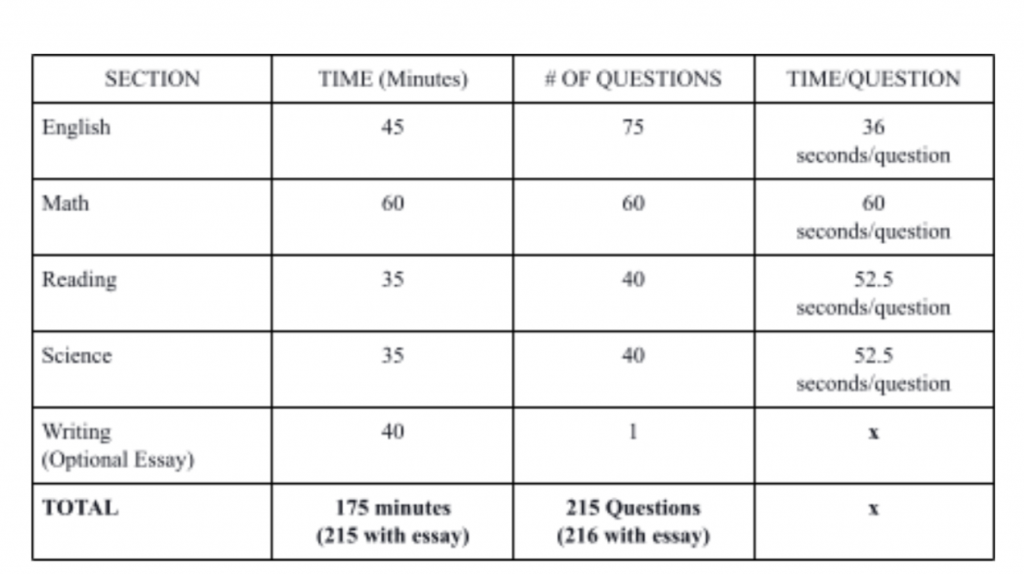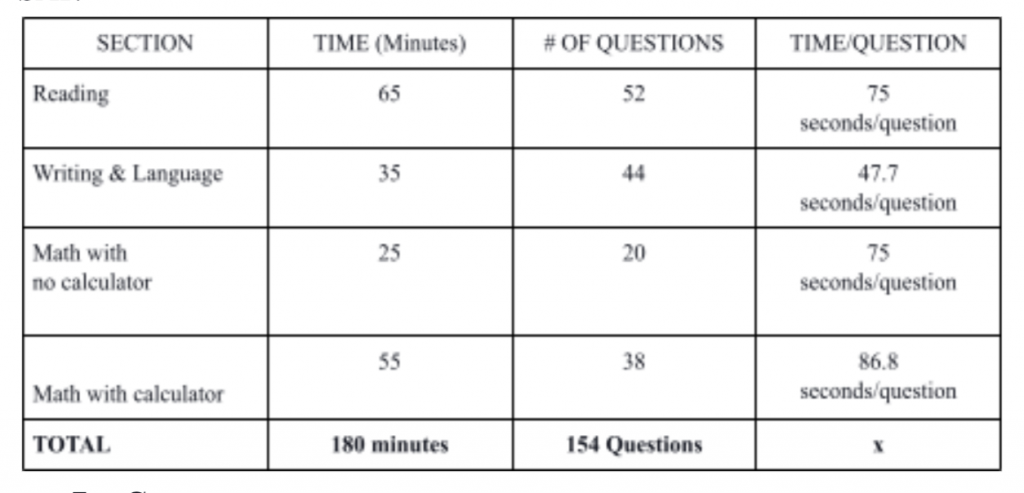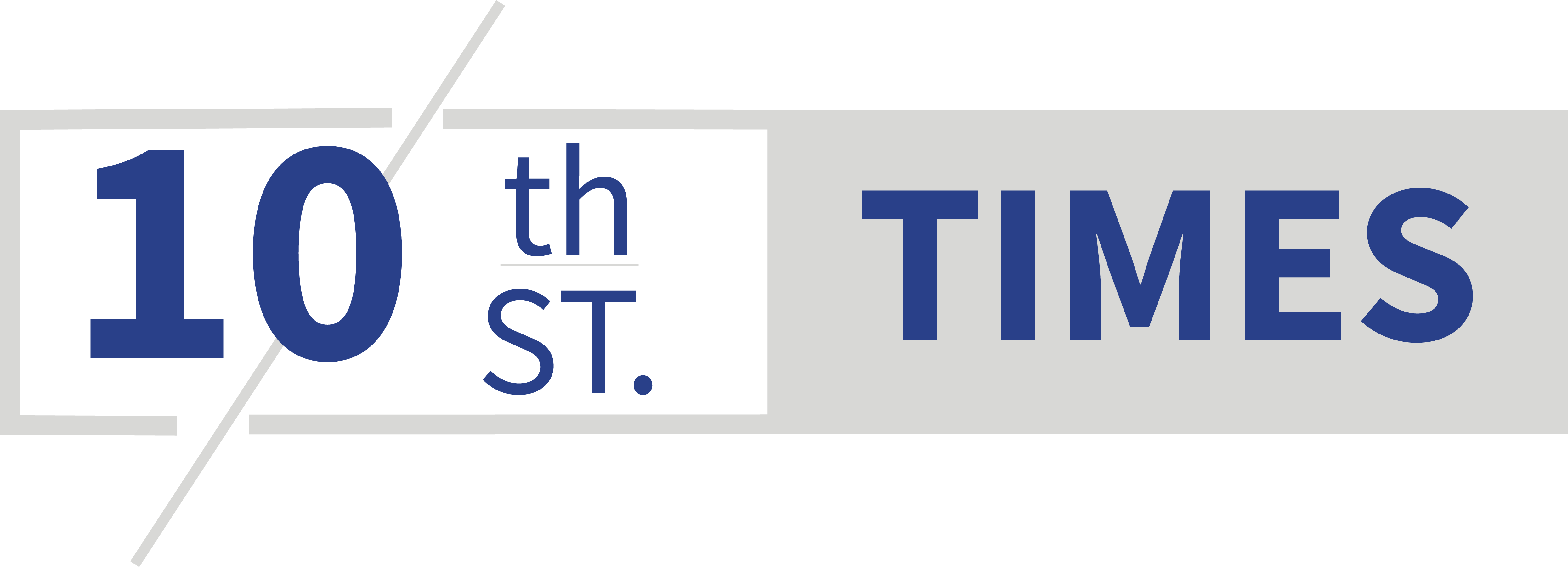ACT and SAT: A Look into College Admission Testing
Share this story

The American College Test and the Scholastic Aptitude Tests, commonly known as the ACT and SAT, are nationally recognized in admission to universities and colleges across the United States.
SAT takers are rare in Iowa. “ACTs are just kind of a cultural thing in the midwest,” said Alizibeth Streit, a counselor at Waukee Northwest. In fact, the ACT is native to Iowa, as it originated at the University of Iowa. Streit explains that the SAT is more prominent on the east coast but are still available to take here in Waukee.
Students, primarily underclassmen, can not tell the difference between both assessments. “I thought they were different names for the same test,” said Koya Epperly, Waukee Northwest sophomore. She also explained that she has heard of the ACT and SAT but does know what they cover.
Both exams are equally challenging college-ready assessments with scores equally accepted in college admissions nationwide. Though testing similar concepts, they are not the same exam.
Comparison
“There are a lot of little differences,” Streit described. Both tests differ in types and number of questions, format, time-span and cost.
The following are the main differences between the ACT and SAT, according to information presented on the official ACT website, and College Board, the organization behind the SATS, and Ms. Streit:
- Test Format
Here are the sections of each test:
ACT
- English
- Mathematics
- Reading
- Science
- Writing (Optional)
SAT
- Evidence-Based Reading
- Writing & Language
- Mathematics (No calculator)
- Mathematics (Calculator)
A significant difference is that the ACT has a science section featuring scientific data, graphs and hypothesis questions. Unlike the ACT, the SAT does not include a science section; however, it may test scientific concepts through the reading, writing, or math sections.
Another distinction is that of ‘difficulty’ levels on the questions. On the SAT, questions get more difficult as time progresses (excluding the Reading section), whereas the ACT has random difficulty levels throughout.
- Mathematics
In the ACT, all math questions are multiple-choice, and calculators are permissible in every question. This section is also Geometry oriented, making up 45% of this section, unlike the less than 10% on the SAT. The ACT also tests math concepts not featured on the SATS, such as graphs of trigonometric functions, matrices and logarithms. The ACT math section accounts for ¼ of the total score.
A part of the SAT math section does not permit calculators such as the ‘Grid-In’ section. The SAT also provides a diagram of math formulas, whereas the ACT does not. Math on the SAT accounts for half of your final score.
- Reading
The SAT is heavily evidence-oriented in its Reading section. In general, the SAT’s Reading section is easier to follow as the questions are in chronological order compared to their corresponding passage.
In the ACT, grammar and idiomatic language questions are prominent in this section, whereas the SAT is more about an author’s writing style and structure.
The ‘Command of Evidence’ section is only found on the SATS. The test’s reading and writing & language section formulated this section’s questions.
- Writing
The SAT writing section is an analytical essay based on a presented passage. The ACT writing section is an optional persuasive essay based on evaluating an issue based on one’s perspective and knowledge on the topic.
Overall the SAT essay is more outlined and guideline-oriented, and the ACT promotes one’s ability to construct their writing and ideas.
- Score Reporting
Both exams follow different scoring scales. ACT scores range from 1 to 36 points and SAT scores range from 400-1600 points. “ACT scores can be converted into the SAT format and vice versa,” Streit said.
- Questions and Testing Time
The SAT exam is a slightly longer test, depending on the optional essay on the ACT. Throughout both exams, short breaks are given between sections.
Below is a breakdown of each test’s section’s questions and time, along with the estimated time given per question:
ACT:

SAT:

- Cost
The ACT is $60 or $85 with the writing section, and the SAT is $55. Additional fees may also apply depending on canceling or rescheduling the exam or exam center, late registration, and rushed score reports.
Both exams may be free of charge in the Waukee Community School District if a student qualifies under the ‘Free and Reduced Meal’ program. However, this is only available twice.
- Testing Dates
The SAT is offered seven months of the year: January, March, April, May, June, October, November and December.
ACT is offered six months of the year: February, April, June, July, September, October and December.
Both tests are administered for grades 9-12 and may be retaken, creating the opportunity to choose one’s most robust score to send in college applications. “This option is the best part about the tests,” Streit said.
A Big Change
In January, Iowa’s Board of Regents revamped admission requirements for the three legion universities they oversee and completely removed the ACT/SAT assessment score requirements for admission.
The COVID-19 pandemic likely played a significant role in this change, as colleges and universities across the United States dropped the assessment requirement for admissions in the 2020-2021 and 2021-2022 school years.
“Standardized tests may be inaccurate,” Streit explained. “Some students just naturally do not do well on those kinds of tests, especially under pressure.”
Planning and Preparation
Extensive studying and preparation for any assessment is best. “Students generally become aware of ACTS and SATS in tenth grade with the PSATS(Preliminary SAT),” said Streit. This exam is a practice exam for the actual exams that would typically arrive in a student’s eleventh or twelfth-grade year.
All colleges and universities accept the ACT and SAT, but some may not require them for admission. “Make sure to be well informed about your choice of whether or not to take the ACT or SAT,” Streit mentioned. It is essential to know if the university you are applying for requires the exams and the score policies. Also, some colleges may not need the exams for admission but require them for specific scholarships. For example, the National Merit Scholarship requires the PSAT exam.
“Talking to a counselor is very helpful when deciding on which test to take,” said Streit. She explains that one assessment may be more appealing to a student based on strengths and weaknesses and encourages one to choose which test they will take based on online surveys and practice assessments. “There is no harm in trying any of the tests,” Streit affirmed. “Just because you took the exam does not mean you have to send them in your college applications.”
Bottom Line
All in all, it is up to the student’s best interest if they should take the SAT or ACT, both, or entirely scrap the tests altogether.
